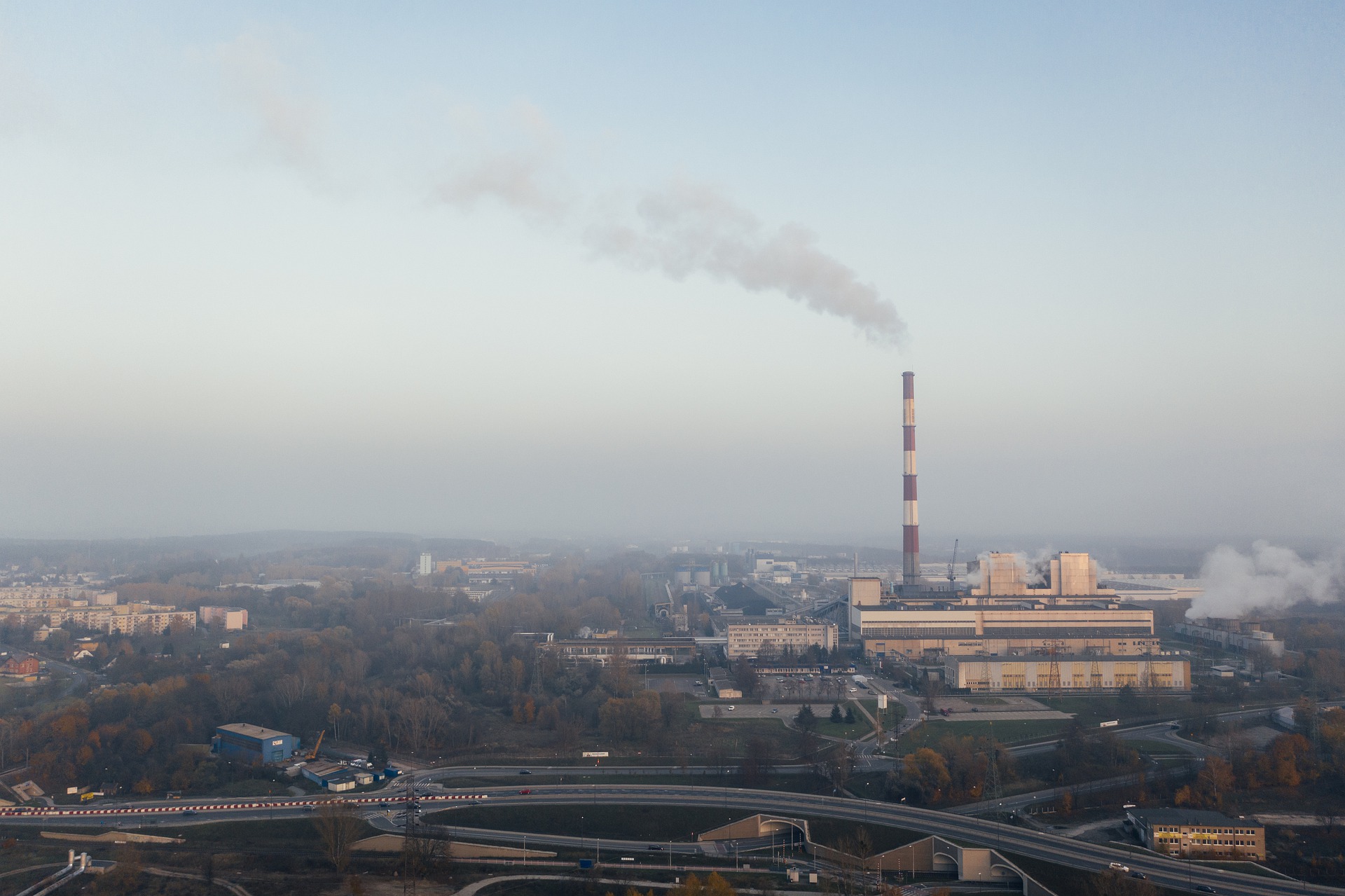
Tāmaki Makaurau – New Zealand’s greenhouse gas emissions decreased in 10 out of 16 regions between 2019 and 2021, with Taranaki showing the biggest drop in emissions during this period, Stats NZ says.
The decrease in emissions in Taranaki was largely due to a decrease in gas being used for electricity generation, followed by decreases in both manufacturing and mining.
Regional greenhouse gas emissions statistics include regional emissions by industry, households, and emissions intensity.
The largest changes in total regional emissions in 2021 compared with 2020 were:
Taranaki, down 721 kilotonnes (13 percent)
Canterbury, up 413 kilotonnes (3.6 percent)
Waikato, up 324 kilotonnes (2.0 percent).
In 2021, Southland had the highest total emissions per capita at 60 tonnes CO2-e per capita. Taranaki had the second highest at 40 tonnes CO2-e per capita. Auckland had the lowest total emissions per capita, at 5.7 CO2-e per capita.
Household emissions accounted for 10 percent of total regional emissions in 2021. Just over 88 percent of total household emissions came from transport.
Heating and cooling contributed 8.5 percent, and other household emissions such as inhalers and septic tanks which contributed three percent to total household emissions.
The largest changes in regional household emissions in 2021 compared with 2020 were:
- Northland, up 26 kilotonnes (8.4 precent)
- Wellington, down 23 kilotonnes (3.2 percent)
- Bay of Plenty, up 23 kilotonnes (3.9 percent)
The Auckland region is home to 33 percent of the population, who emitted 30 percent of New Zealand’s household emissions in 2021. This was 0.4 percent down on the previous year.
Households in the West Coast region emitted the most per capita, at 2.4 tonnes of CO2-e per capita.
Households in the Waikato region were the second-largest emitters, at 2.2 tonnes of CO2-e per capita.
Households in the Nelson region were the smallest emitters at 1.2 tonnes of CO2-e per capita. As a comparison, total household emissions per capita, for all regions, was 1.6 tonnes of CO2-e per capita in 2021.
The changes in household emissions were largely driven by transport emissions, which accounted for just over 88 percent of total household emissions for all regions in 2021.
Nationally, household transport emissions increased 1.4 percent (up 97 kilotonnes CO2-e) in 2021.
Agriculture, forestry, and fishing accounted for 61 percent of total regional industry CO2-e emissions and decreased 0.2 percent in 2021.
Canterbury and Waikato accounted for 20 and 19 percent, respectively, of agriculture, forestry, and fishing industry emissions in 2021. Manawatū-Whanganui was the next largest contributor at 11 percent.
Canterbury’s emissions increased the most, up 315 kilotonnes (3.9 percent) between 2020 and 2021, largely due to an increase in the number of dairy cattle.
Auckland had the lowest total emissions per capita, at 5.7 tonnes CO2-e. Auckland has a high proportion of total emissions from manufacturing but comparatively fewer emissions from agriculture, forestry, and fishing, as well as a high population.

